Committees and Groups
Committees and Groups
Collaboration is at the very heart of the Big Ten Academic Alliance’s mission and that spirit is most visible when our members come together to share best practices, build trust, and develop innovative solutions to shared challenges.
The Big Ten Academic Alliance is governed by a board of members, comprised of the provosts of our 18 member institutions. While the board sets policy and determines the strategic direction, much of the work of the Big Ten Academic Alliance happens when groups of peers meet together around a common organizing theme, which many consider being among the most productive and helpful meetings they attend each year.
If you are considering creating a Big Ten Academic Alliance peer group, here are some helpful pointers:
How do I start a Big Ten Academic Alliance peer group?
Peer groups are a critical component of the Big Ten Academic Alliance. There are many groups that meet periodically to share best practices, work on initiatives together, and address shared emergent issues. If you wish to convene a new group of your Big Ten Academic Alliance peers, we recommend the group determines who the participants will be and conduct an initial meeting virtually to arrive at a shared sense of purpose for the group, how often it will meet, how the meetings would be conducted, and what resources will be required. Groups are welcome to identify themselves as a Big Ten Academic Alliance peer-group subject to the policies mentioned below. Please contact the Big Ten Academic Alliance for more information and guidance at info@btaa.org.
Is it possible to use the Big Ten Conference Center in Rosemont, IL, for group meetings?
Many Big Ten Academic Alliance groups convene their meetings at the Big Ten Conference Center near O’Hare airport in Chicago. The Big Ten Conference, the Big Ten Academic Alliance’s athletic sister organization, generously allows Big Ten Academic Alliance groups to use their meeting rooms on an as-available basis. Check out general information and directions on how to get to the Big Ten Conference Center.
Does the Big Ten Academic Alliance provide funds to support my peer group meetings or travel?
The Big Ten Academic Alliance does not have funds to support peer group meetings or fund peer group activities. Group members generally share their meeting costs and pay their own travel expenses.
Can the Big Ten Academic Alliance provide an email listserv or shared workspace for my peer group?
Given the ubiquity of free services such as Box, Office365, and Google Docs at Big Ten campuses, many groups simply use such resources available to them on their own campuses.
Can I call my peer group the “Big Ten Academic Alliance [peer-group-name]?”
If your peer group is open to colleagues from all 18 Big Ten universities and doesn’t include members from outside the Big Ten (with the exception of the University of Chicago), you may refer to it as a Big Ten Academic Alliance peer group. However, please note the limitations to speaking on behalf of, or appearing to represent, the Big Ten Academic Alliance noted below.
Can I use the Big Ten Academic Alliance logo?
You may use the Big Ten Academic Alliance logo when conducting peer group business (e.g., invitations to peer group meetings, agenda, etc.) or when presenting the work of your Big Ten Academic Alliance peer group. Please note that you must adhere to the Big Ten Academic Alliance identity guidelines.
You are encouraged to contact us at info@btaa.org before using the Big Ten Academic Alliance logo in any other fashion.
Who can speak for the Big Ten Academic Alliance?
Only the Big Ten Academic Alliance Members (Provosts) may issue statements on behalf of the Big Ten Academic Alliance or issue recommendations to the campuses. Consult the policy that outlines issuing public statements from the Big Ten Academic Alliance.
